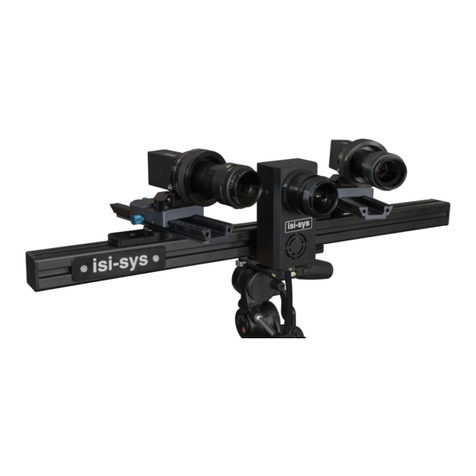
1
Safety and Risk Management
Safety
Some mechanical assemblies contain pinch points - use proper care and tools
when assembling to avoid injury.
Incandescent lights can get very hot. Use caution when moving or working
around these lights, and beware of excessive heating of the specimen, cameras,
lenses, or other surfaces. Leave lights off when possible.
When mounting cameras it may be possible to create an unstable or unbalanced
situation. Be careful not to cantilever cameras excessively, especially heavier or
high-speed cameras.
Personnel should be in a safe location whenever a dangerous or destructive test is
being performed. Various solutions are available for extending cabling/controls to
allow the system to be operated in a safe, remote location –please contact
Correlated Solutions for more details.
Various paints, chemicals, and solvents may be used in preparing specimens for
testing. Always observe label precautions.
If any cables become frayed or damaged, replace immediately to avoid risk of
shock.
Do not attempt to repair or disassemble the computer or any electronic parts. Risk
of shock or damage may result.
Risk Management
Always fully support cameras when moving, assembling, or adjusting, until all
fasteners are completely tight. For larger high-speed cameras, two people may be
required. Cameras can suffer severe damage if dropped.
Always support lenses when installing or removing. In addition, for certain lenses,
during focusing operation, the front must be supported to prevent drops.
While most power and data connections are keyed, it may be possible to
incorrectly plug in or force a USB, 1394a, or 1394b connection. Always check
orientation and compatibility before making any connection.
For any test where excessive heat, shock, or flying debris may be present, take
steps to protect the cameras and equipment. Various shielding solutions are
available –please contact Correlated Solutions for more details.




























